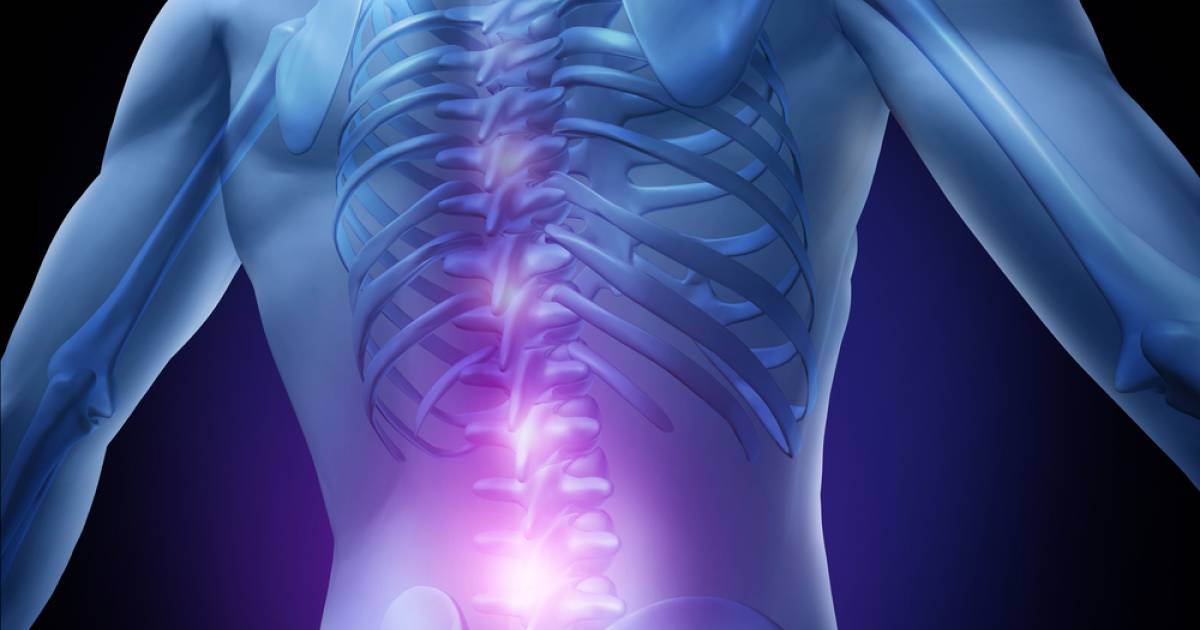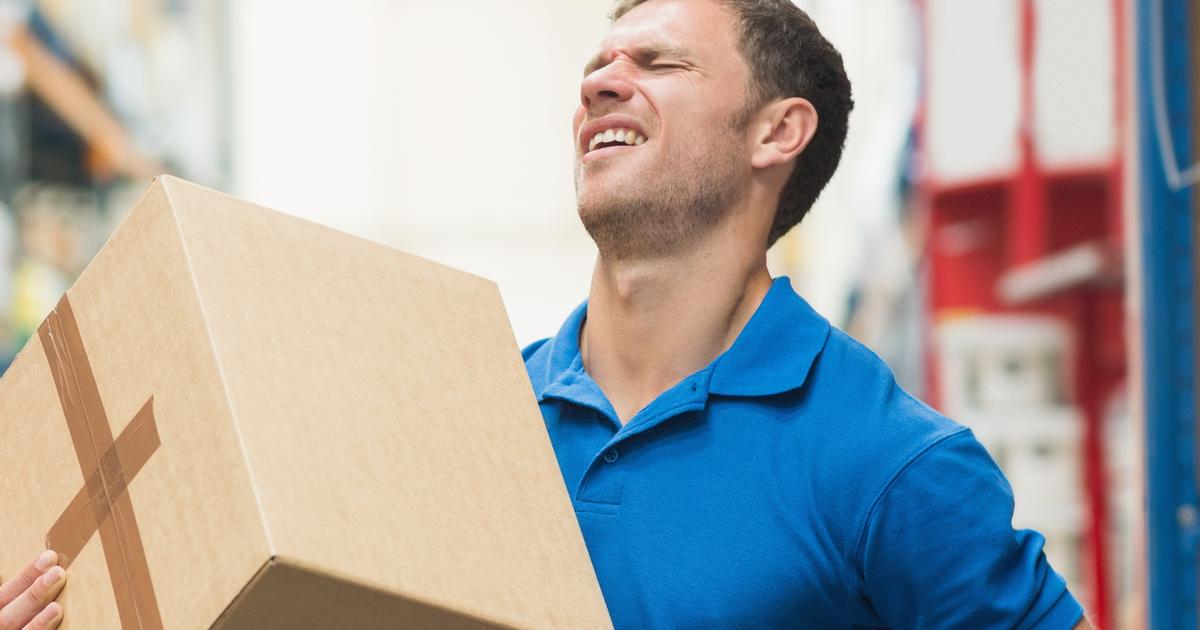Guide To The Causes And Complications Of A Herniated Disc
When one of the cartilaginous discs in the spine moves out of its designated place between the vertebrae, it is referred to as a slipped, ruptured, or herniated disc. Any part of the spine can experience a herniated disc, as these cartilaginous discs are in the junction between all of the vertebrae. Herniated discs most often occur in the lumbar or lower spine and the neck or cervical spine. Symptoms can vary from one patient to the next, depending on the location and severity of the herniated disc. A patient's symptoms are minimal and mild when the herniated disc does not cause any of the neighboring nerves to become compressed. Symptoms include numbness, pain, and weakness in the affected area when the herniated disc causes a neighboring nerve to become compressed.
There are multiple causes and potential complications of a herniated disc. Learn about them now.
Disc Degeneration

An individual affected by disc degeneration in their spine may experience a herniated disc as a complication of the normal changes that take place in these tissues as they age. All individuals' spinal discs degenerate as they get older, but not everyone experiences pain as a result of this process. The discs in the spine are comprised of mostly water when individuals are born. As they get older, the discs in the spine lose this water and can dry out. Dried out spinal discs have a greater tendency to slip out of place, crack, and break into fragments. Dried out spinal discs that are degenerating make the spine lose stability, putting individuals at greater susceptibility to the complication of a herniated disc. Spinal discs can experience degeneration when the hard outer layer develops cracks or fissures that allow the soft inner core to leak out. This causes the disc to become too thin and lose its ability to cushion the vertebrae or act as shock absorbers. This type of disc degeneration is also known to produce a herniated disc.
Continue reading to reveal more causes and complications linked to a herniated disc now.
Lifting Heavy Objects

Lifting heavy objects can increase an individual's risk of developing a herniated disc. These physical activities may be a part of an individual's occupation or may be associated with a recreational hobby. Occupations that involve repetitive pulling, pushing, sideways bending, twisting and lifting are those that are most likely to cause someone to experience a herniated disc. An individual who tends to utilize the muscles in their back rather than the muscles in their legs when trying to lift a heavy object can develop a herniated disc. The repetitive action of lifting heavy objects incorrectly can cause the vertebrae to produce friction that expedites the degeneration or break down of the spinal discs. When the spinal discs break down or degenerate, they are more likely to move out of their place, crack, and break into fragments. An individual who performs heavy lifting regularly can experience problems with the muscles that are responsible for supporting their spine, which can also cause a disc to slip out of its place.
Uncover more risk factors and complications linked to herniated discs now.
Being Overweight

When an individual carries extra fat around their waist, it causes their back to arch and their pelvis to tilt foreword. This abnormal alignment is often referred to as lordosis in the medical community. This altered position of the spine and pelvis promotes the wearing down of the outer layer of the spinal discs. The excess weight causes unnecessary pressure on the affected individual's spinal discs, which can produce radial tears in the outer parts of the disc. This mechanism puts the individual's spinal disc at a greater risk of rupturing. When the outer layer of an individual's spinal disc ruptures, the soft inner nucleus escapes and may settle on the root of a neighboring nerve. Being overweight can also cause systemic inflammation and swelling of tissues throughout the body that can also place unnecessary pressure on the spinal discs, resulting in a herniated disc.
Read more about the complications of herniated discs now.
Cauda Equina Syndrome

An individual who experiences a herniated disc may develop cauda equina syndrome as a complication. The cauda equina refers to a bundle of nerves at the end of the spinal cord. Sensory and motor function are provided to the pelvic organs and lower limbs by the cauda equina. Cauda equina syndrome develops when the motor and sensory functions are interrupted by the compression of the nerve roots in the cauda equina. In most cases, cauda equina syndrome is a medical emergency that requires immediate treatment to prevent serious complications like permanent paralysis and incontinence. A massive or severe spinal disc herniation is the most common cause of the development of cauda equina syndrome. A disc that ruptures and moves almost entirely out of place from between two of the lumbar vertebrae has the potential to cause the compression of the cauda equina.
Get more information on potential complications of herniated discs now.
Saddle Anesthesia

The saddle area of the body is described by the medical community to be all of the regions that would come into physical contact with a horse-riding saddle when sitting on it. These regions include the perineum, buttocks, and groin. Anesthesia is a term used to characterize the loss of sensation in the body. This sensation loss can be a complete absence of sensation or a reduced level of sensation. With reduced sensation, an individual can feel pressure on the body part but may not be able to feel other types of sensations. Therefore, saddle anesthesia describes the loss or reduction of sensation in an individual's buttocks, groin, and perineum. One of the most common causes of saddle anesthesia is cauda equina syndrome precipitated from a herniated disc.